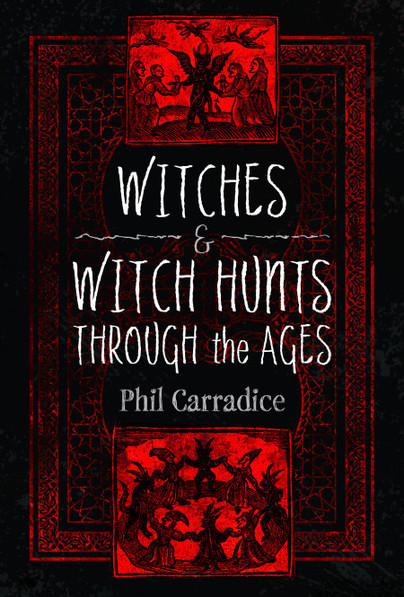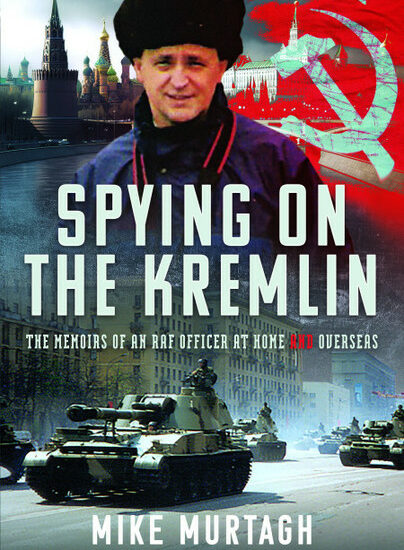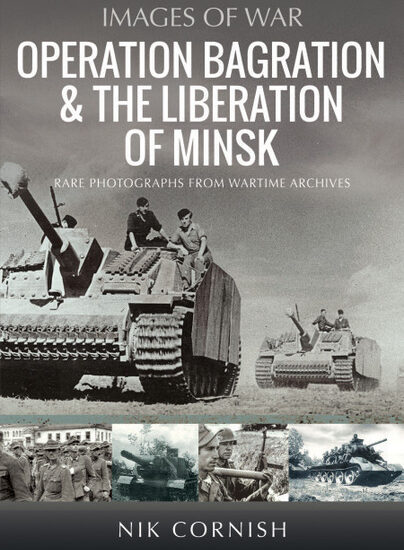Author Guest Post: Phil Carradice
Witches and Witch Hunts
Witchcraft? The word sends shivers down the spines of many of us, especially when the dark fingers of winter night begin to creep around the corners of the house, when the wind howls and shadows flicker at the edges of your eye. But the image we have of witches is not justified. Put that one down to Walt Disney, to JK Rowling and other renowned writers. Credit TV programmes like The Worst Witch and Bewitched for that. But it is a one-sided view.

case mostly cats.
In reality witchcraft was an ancient practice that pre-dated accepted religion. In many respects it was in itself an early form of religion, designed to keep people safe in what was then a hugely dangerous world, particularly on the journey of the dead into the next world. It first surfaced during the Palaeolithic and Neolithic Ages, non-literary societies when witches and witchcraft featured on the wall paintings of the time. The first written mention of the practice and the word ‘witch’ is a Biblical one, coming in the Book of Samuel, written in approximately 930 BCE, when King Saul consults the Witch of Endor and perishes for his pains.
However, it is the witch hunting of the Middle Ages and Medieval Periods that impinge itself onto the minds and memories of most people. Between1250 and 1400 it is estimated that over 80,000 people in Europe were arrested and charged with witchcraft. Between 1450 and 1700 a further 35,000 were charged and condemned to death. By then witchcraft was considered an evil rival to Christianity and while many arrests and deaths were founded on that belief as a basis for persecution, the real motives that impelled such vast destruction were much more basic and self-serving.
The accusation of witchery was a lethal process that saw few survivors. Condemned after the most basic of trials that rested primarily on spectral evidence there was almost no way out for the accused. Actual proof of witchery was almost impossible to confirm so that the accusation itself was deadly. As a victim, the finger of suspicion was pointed at you by the church or by society, by the Inquisition or by the judicial system and that was enough to send hoards of unproven witches to the gallows or the flames of the fire.
Most frightening of all, the vast majority of those charged with witchcraft were women. Young and old , alone and unprotected, it is easy to see why women were such easy victims. Demographic changes in the sixteenth century meant that women were marrying later in life or not al all.They were therefore totally vulnerable to unscrupous members of society. In a male dominated world misogyny and greed were behind so many of the killings – I want your land, your farm, your property so I’ll call you out for a witch! Even if you are not found guilty – in itself a rare occurrence – by the time you emerge from jail your land will have been purloined, bought or acquired by men who know how to exploit and use it for their own ends.

The number of accusations was not static and by the middle years of the eighteenth century the number of witch arrests and killings had risen to over 100,000. Powered by the witchfinder’s bible, Heinrich Kramer’s ‘Malleus Maleficarum’ which denounced women, all women, as imperfect creatures out to deceive all men, witch hunting had become almost a regular past time. Matthew Hopkins, the Witchfinder General, and others like him in all European nations, cut a swathe through the countryside, bringing terror and fear to people everywhere. It was not just the lower classes who suffered. In England Isabella of Angouleme, wife of King John, Eizabeth Woodville, wife of Edward IV, even Anne Boleyn, were accused or considered to be in league with the Devil: –
‘Most of those who suffered the extreme punishmenty of death, usually byhanging or fire, went un-mourned to their un-marked graves. Far fro offering support and assistance, the generalfeeling of most communities was “Thank Gor it’s not me.” It was a time in European history when it could be truly said that God slept.’ (Phil Carradice ‘Witches and WitchHunts Through the Ages.)
Witch hunting gradually died out with the acceptance of the Enlightenment and the belief that tomes like the Bible are not always literal but metaphorical There are still countries where witchcraft is still practiced and condemned. In many African and Indian states, even Mexico, it remains a significant problem.
And witch hunting? It has now, in the main, become a secular issue – witness the American anti-communist trials of the 1950s. We would do well to remember the past history of the practice, however, and pay respect to the thousands of innocent women who went, un-mourned to the gallows and the stake. They deserve some remembrance.

Order your copy of Witches and Witch Hunts Through the Ages here.

